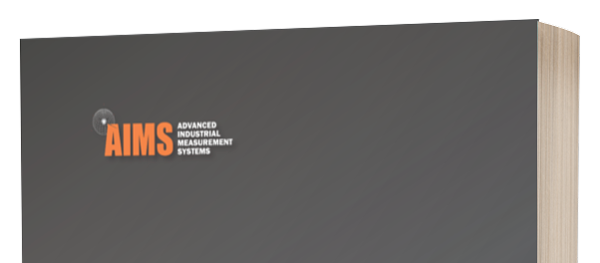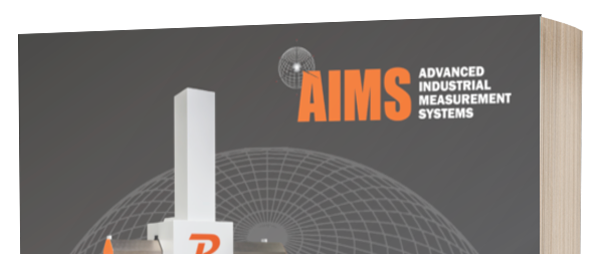
In the 1959 film Some Like It Hot, two male musicians witness a mob hit and flee the state disguised as women in an all-female band. Of course, things begin to heat up as further complications set in. Job shops are also looking to avoid the heat or "coefficient of thermal expansion" when it comes to needing a mobile coordinate measuring machine (CMM) that can withstand temperature variations on the production floor.
Temperature in a job shop environment can vary by as much as 20 degrees from summer to winter. Such fluctuations can have a major effect on CMMs and the parts they inspect. Temperature or the coefficient of thermal expansion is also important because it can impact a CMM’s accuracy.
This was a major consideration in the design and engineering of the Revolution HB, the industry’s only mobile 5-axis CMM. The machine is able to roll into any job during processing to capture dense data which it then feeds to a fabricator’s ERP and SPC software for real-time feedback.
The surface temperature of a conventional CMM can expand due to heat and then contract during cooling. This response to temperature changes is typically referred to as coefficient of thermal expansion. The degree of expansion divided by the change in temperature is called the material's coefficient of thermal expansion. It measures the fractional change in the size of an object with the change in the temperature keeping the pressure constant.
The HB remains impervious to temperature changes due to two design features. To engineer the machine, AIMS Metrology started at "ground level," creating a stable base using castinite polymer composite material. Castinite is a mix of high-strength epoxy with chemical additives that release air and improve adhesion to a blend of pure, high-strength mineral aggregate fillers.
Metallic structures can distort quickly due to minor head loads. Heat builds up in one section and transfers to another, causing malconformation. Transient heat loads in a machine’s structure can result from something as simple as outside doors being opened or sunlight coming through a window. Use of castinite eliminates this issue because the material is thermally stable. As a result it can replicate flat part surfaces between 1 and 2/10,000th of an inch.
Castinite also helps reduce the cost of producing the HB because it uses a wood mold for casting. A wood mold can be produced for as little as a few hundred dollars. Sheet steel and fiberglass molds can produce numerous parts and usually cost $1,000 to $ 10,000, depending upon their size and complexity. A high-quality steel mold typically costs between $15,000 and $75,000, depending upon size, complexity and tolerances. Castinite resins use very little energy to produce and the casting process is done at room temperature. Secondary machining is eliminated, as is painting. The total energy consumption is about 30 percent less than metallic castings. Wood molds can produce a number of parts too. Molds can be repaired and restored to service without the need to build new ones.
AIMS also paired its HB with Renishaw’s Fastrack linear encoder scale system which combines ±5 μm/m accuracy with the ruggedness of stainless steel and an easy-to-install carrier-type encoder system. Fastrack uses two miniature guide rails to retain low-profile scales (8 x 0.2 mm cross-section) that freely expand at a thermal expansion coefficient [independent of the machine structure] with almost zero hysteresis.
The HB’s X and Z axes are made of steel which contracts and expands similarly. Since the dissimilar materials of the Fastrack and the HB’s X and Z axes are able to contract and expand independently of each other, accuracy and repeatability are maintained. The Fastrack’s scale can be quickly pulled and replaced, minimizing down time.
Durability and simplicity are hallmarks of the HB. Unlike other CMMs on the market, the HB uses the same motor and reader head for all three axes. Fabricators don’t have to use varied consumables to inspect different types of parts.
Want to stay out of the heat? Then contact AIMS today about its Revolution HB.


